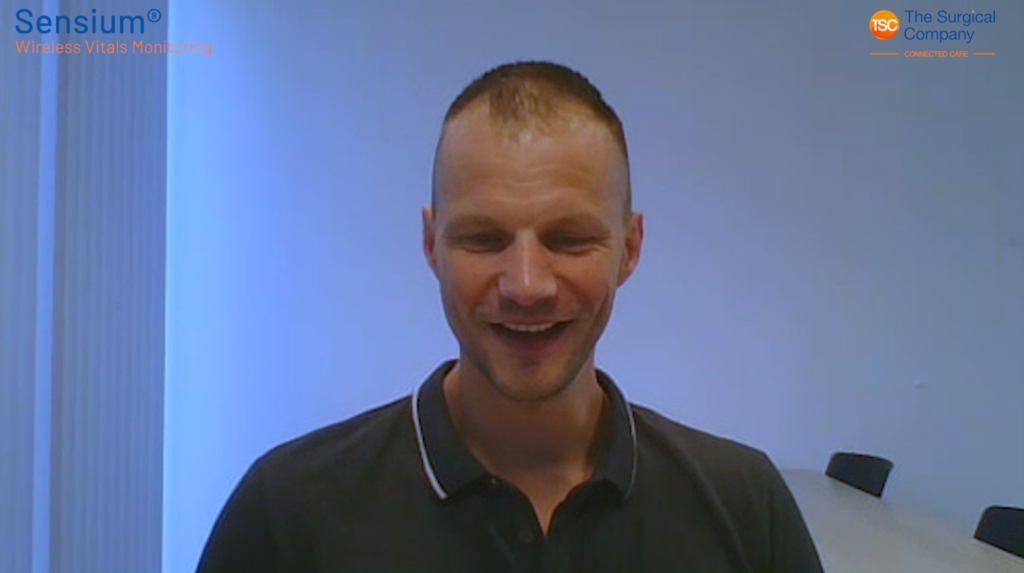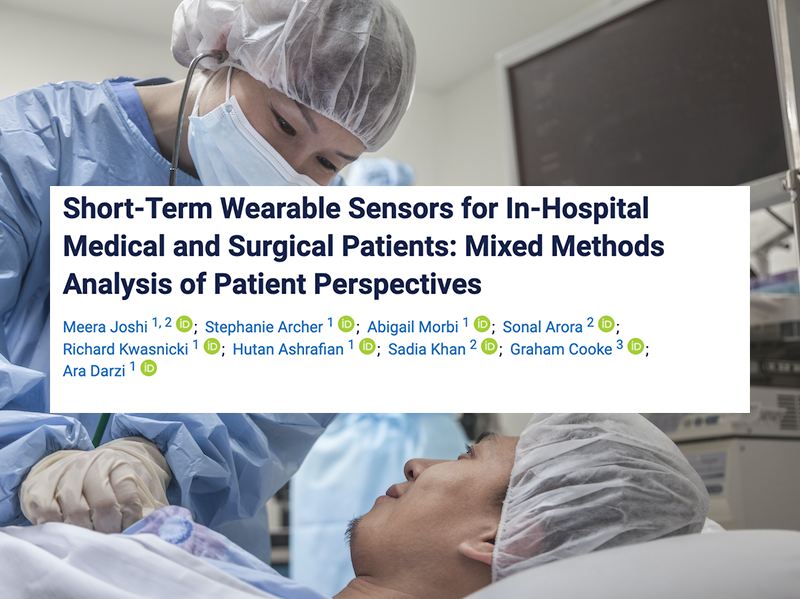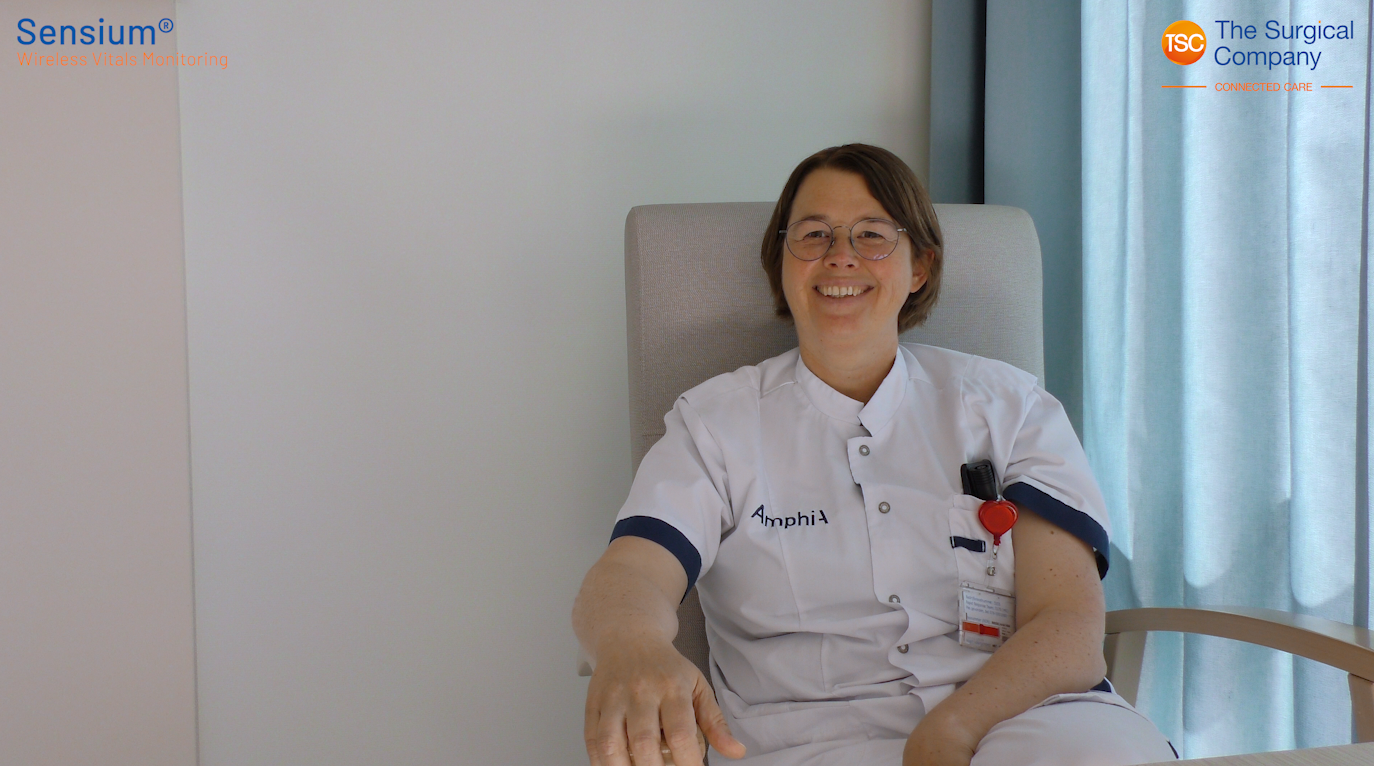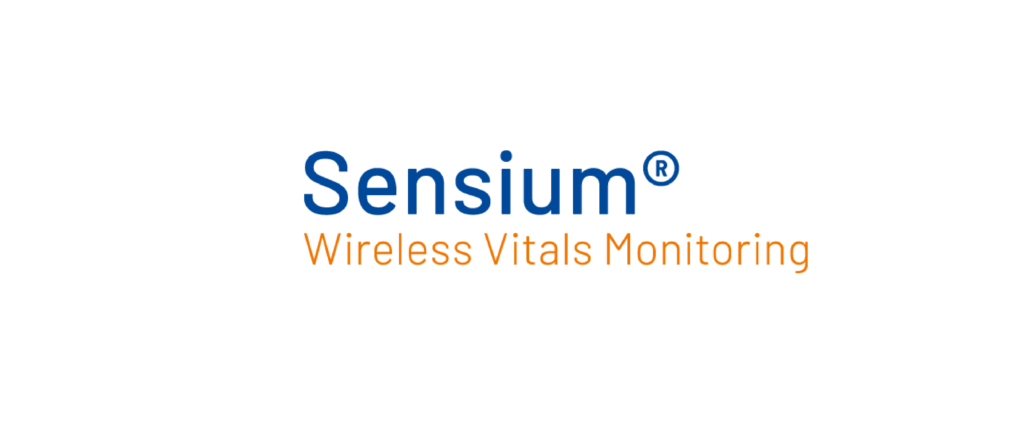Summary
Background and objective
Delayed detection of patient deterioration in hospitals is a major cause of morbidity and mortality and is mostly caused by human-related monitoring failure. Unfortunately, existing systems are unable to detect patient deterioration rapidly, and 39% of acute emergency patients admitted to critical care units are referred late. This study aimed to explore patient experiences with wearable sensor technology and carry out continuous monitoring through questionnaire and in-depth semi-structured interviews in an acute hospital setting..
Methods
Patients were recruited for a wearable sensor study and were asked to complete a 9-item questionnaire. Patients responses were evaluated using a Likert scale and with continuous variables. A subgroup of surgical patients wearing a Sensium Vital Sign Sensor was invited to participate in semi structured interviews. The Sensium wearable sensor measures the vital signs: heart rate, respiratory rate, and temperature. All interview data were subjected to thematic analysis.
Results
Out of a total of 500 patients, 453 (90.6%) completed the questionnaire. Furthermore, 427 (85.4%) patients agreed that the wearable sensor was comfortable, 429 (85.8%) patients agreed to wear the patch again when in hospital, and 398 (79.6%) patients agreed to wear the patch at home. Overall, 12 surgical patients consented to the interviews. Five main themes of interest to patients emerged from the interviews: (1) centralized monitoring, (2) enhanced feelings of patient safety, (3) impact on nursing staff, (4) comfort and usability, and (5) future use and views on technology.
Central monitoring provided patients with greater peace of mind, and patients felt that health care staff were always around if a problem arose. Patients described feeling reassured knowing that they were being monitored even when health care staff were not at their bedside.
All interviewed patients commented on an enhanced feeling of patient safety while wearing the patch. “I felt like there was a second safety blanket around me, almost, and that I was constantly in amongst the nurses. I appreciate that the nurses do their obs as frequently as they can, but they’re very busy. So, for this to be on constantly, it’s reassuring,” commented one patient.
All interviewed patients reported that wearable sensors and continuous monitoring would have an impact on the nursing staff. Most patients believed that these would ease the nursing workload who were already perceived to be under considerable strain.
Most patients in this study did not require extensive information before using the technology, reflecting the ease of use among patients. All interviewed patients described the patch as being comfortable to wear. Many patients had forgotten about the existence of the patch on their person once it was on.
The use of sensors for home-based monitoring was particularly important because patients expressed their current concern of going home after an operation and becoming unwell. Most patients would wear the wearable sensors again when in the hospital and at home. Patients had a very positive view of the sensor technology overall and felt that wearable sensors facilitating continuous monitoring would certainly be used in the future.
Conclusion
Overall, the feedback from patients was strongly positive. Wearable sensor technology continues to develop, and these data suggest that patients would welcome its use when acutely unwell and in an acute hospital setting.





